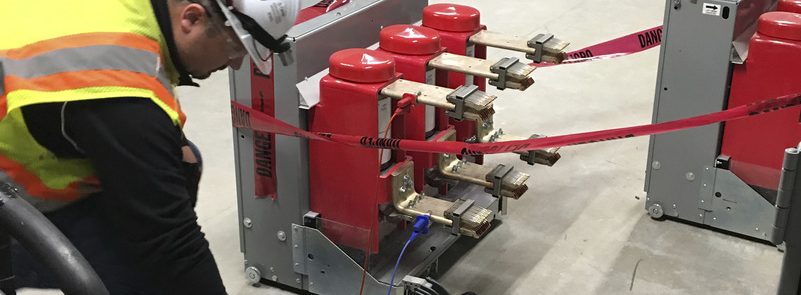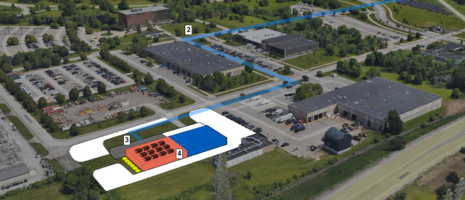Holistic Oversight: Ensure your building’s intended performance through commissioning

Fourth in a series of excerpts from the free executive guide “Concept to Consumption: Outcome-based Oversight of Building Performance.”
By Adam McMillen and Lincoln Pearce
The process of commissioning is generally a means of quality assurance and spans an entire project, from beginning to end, to ensure that building systems are operating as designed and intended. In a concept-to-consumption approach, specific commissioning tasks occur in conjunction with concept analysis and goal setting, design, and consumption analysis. A concept-to-consumption project will typically have more measurement and verification (M&V) systems and devices to be included in the commissioning work.
The key actions of commissioning, grouped by project timeline, are:
Design. Commissioning requirements are integrated into the bid documents and the commissioning agent helps confirm that project needs stated in the Owner’s Project Requirements (OPR) document are reflected in the design documents. The plan for measurement and verification of the building operation is developed, then M&V systems and equipment are confirmed and included in the project plans and specifications.
Construction. Systems installation is observed to verify compliance with the design documents and project documentation, such as changes and shop drawings, are reviewed. Functional performance tests are created and M&V equipment and instrumentation are verified.
Acceptance testing. Functional performance tests are conducted, and results are documented. Any observed operation failures identified during testing are tracked and corrected and M&V equipment and systems are confirmed to be gathering and reporting data accurately. Documentation of the entire commissioning process is then compiled in a report.
Occupancy and operation. Facility staff is assisted in the transition into ownership and operation. Additionally, systems operation and maintenance manuals are provided with clear and specific documentation for staff use and systems training is conducted to ensure operators understand the building design and operation intent. At this point, M&V and fault detection systems data collection and trending are underway.
Even with a high-quality design and team, the odds that everything works perfectly right “out of the box” are actually fairly low, due to the complexity of the systems, stringent design codes, and compressed schedules causing issues that may lead to a building underperforming. It’s critical in a concept-to-consumption design approach to building delivery to guarantee building performance and that all systems are operating as they should.
Previously posted blogs in this series:
Holistic oversight part 2: Set your building’s EUI and make it the benchmark for project success
Holistic oversight part 3: Design documentation critical to achieving energy use intensity goal
Download the entire executive guide, “Concept to Consumption: Outcome-based Oversight of Building Performance.












